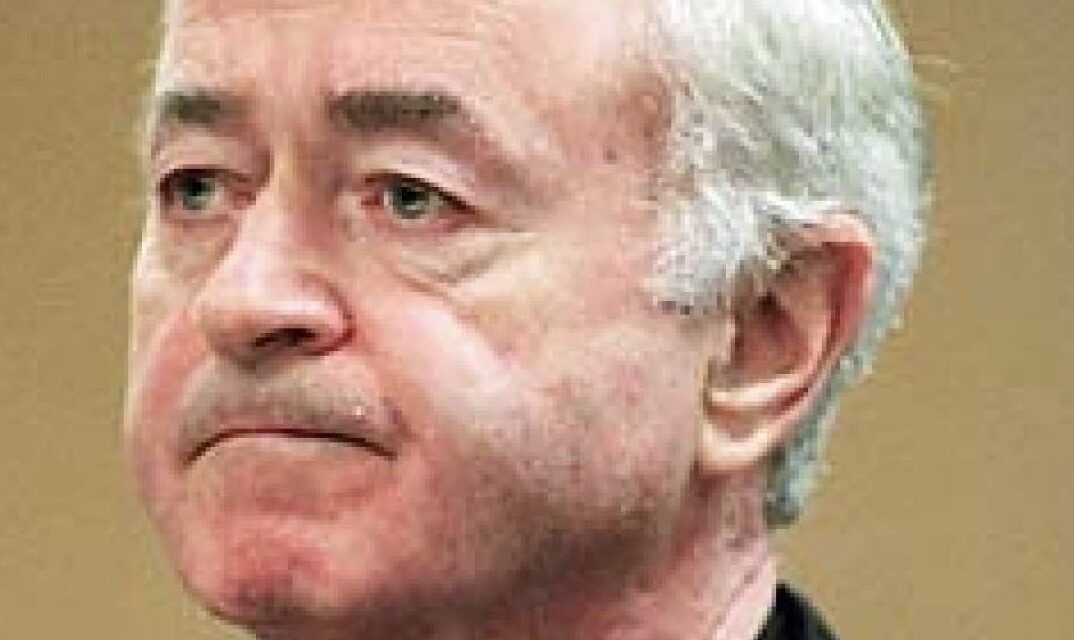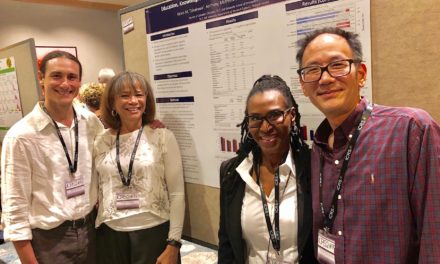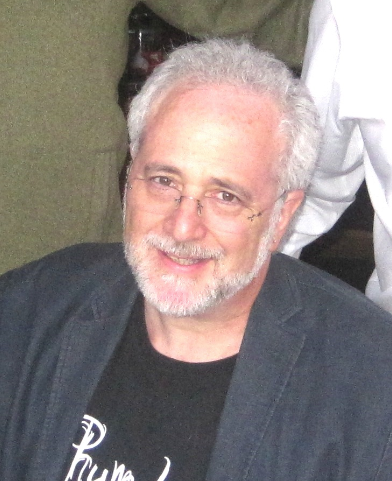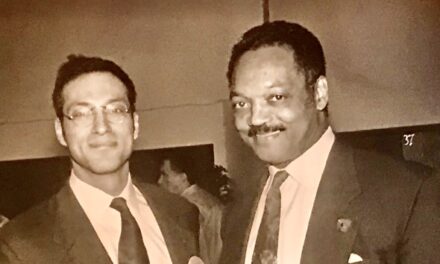Defrocked Monsignor Patrick O’Shea had been the pastor for many years at the Holy Name of Jesus Church in the Sunset and St. Cecelia’s in the Parkside District. The scourge of the altar boys, he was charged with sex crimes in 1995 by San Francisco District Attorney Arlo Smith, Terence Hallinan’s predecessor. The crimes were allegedly committed between 1964 and 1980. O’Shea’s lawyers responded that the six-year statute of limitations had expired. No prosecution ensued.
After Hallinan took office in 1996 he reinstated the case, citing a law passed by the legislature that allowed molestation cases to be filed within one year of victims coming forward and the police filing a complaint. He also pressed charges based on an investigation into O’Shea’s finances by SFDA’s Special Prosecutions Unit. As Monsignor, O’Shea had controlled all parish funds and money donated to the Society for the Propagation of the Faith, a missionary enterprise. The DA investigators determined that O’Shea had stashed money in numerous personal bank accounts and used it to maintain houses he owned in Indian Wells and near Lake Berryessa. In February —a month after taking office—Hallinan charged him with 11 counts of grand theft and filing false tax returns.
In March 2000 Kayo assigned the molestation case to Linda Klee, a highly competent veteran prosecutor. “I would have liked to try this one myself,” he confided, “but some of the judges hate me, and they respect Linda.” He advised her to seek an indictment from the grand jury because the civilians were more likely than a judge to approve a request for high bail.
On April 13, 2000 the grand jury returned its indictment after hearing testimony from nine men who described being molested by O’Shea. Bail was set at $5 million, as the DA had requested. O’Shea soon found himself in jail, in protective isolation at the Hall of Justice. At his arraignment his lawyers asked that his bail be lowered to $50,000. Every step in the case was being covered by the media, so I was instructed to write a press release, which quoted the DA thus:
“‘It is alleged the defendant committed over 214 counts of sexual molestation which include oral copulation, sodomy and masturbation involving children aged 10-14 years old, and 10 counts of oral copulation and sodomy with children under 18. These acts involved altar boys under the defendant’s care and occurred wherever the defendant had control of children, including San Francisco churches, in the Elks club on Oak Street, and other locations outside the city and county such as Palm Springs, Lake Berryessa and Squaw Valley.’
“‘If convicted,’ the DA noted, ‘the defendant will be spending life in prison. The defendant has every reason to flee the country if given the opportunity. In addition, the defendant was been known to travel extensively. The defendant took his victims to Mexico, Canada, and numerous locations in Europe. He even took one victim to visit relatives in Ireland.’
“Acknowledging that O’Shea had made court appearances in years past —when it appeared that the statute of limitations would bar successful prosecution— Hallinan stated, ‘The defendant may have felt some confidence that his case would prevail and the charges would be dropped.’
“The statutory bail for an individual who has been charged with 214 counts of child molestation and 10 counts of having sex with minors is more than $11.2 million.”
Bail remained set at $5 million. A win for SFDA.
O’Shea’s lawyers also tried to get the grand jury transcript sealed and managed to delay its release for 11 months. Then Jonathan Curiel revealed in the Chronicle, “The men told of sexual abuses that began in the mid-1960s and included a pattern of sodomy, oral copulation, shower massages and swimming pool attacks. O’Shea would take the boys on weekend trips individually and together in small groups. They said many of the rapes happened at O’Shea’s two-bedroom trailer home at Lake Berryessa, after the boys placed a ‘pass-out game’ where they would drink beer, whiskey and other alcohol.
“The men who were between 10 and 18 at the time, said they would awake after the drinking bouts to find themselves in O’Shea’s bed… They said there was an implicit understanding that if they went along with the abuse, O’Shea would let them go boating with him, drive his sports cars, visit the Elks club and other private clubs where they could swim and play racquetball, and continue to have access to large amount of beer and hard liquor… O’Shea knew many of the boys’ parents and in some cases dined with them.”
O’Shea did not adjust well to jail. He started writing to acquaintances, asking them to put up their houses as collateral so he could make bail, set unfairly high by Terence Hallinan. (He did not have to explain that the DA was a Godless Communist.) He wouldn’t ask, he wrote, “Unless I felt it so important to my sanity that I get out of here.” Ken Garcia cited O’Shea’s pathetic appeal sympathetically in the Chronicle, but Scott Ostler (before he went to the sports page) mocked it. “O’Shea finds jail, well, confining,” wrote Ostler. “Especially when compared to the vacation house he bought with, according to a lawsuit, $250,000 in church funds he ripped off over the years.”
O’Shea would languish in jail for only two years. In April 2002 a California Supreme Court ruling in an unrelated statute-of-limitations case provided O’Shea’s lawyers grounds for a successful appeal. “On a technicality,” said Terence, bitterly. “Not on the facts.” He urged Attorney General Bill Lockyer to appeal. Lockyer said he would but didn’t. Terence directed his investigators to build the case against O’Shea from scratch by trying to find victims who had never come forward. The DA’s office asked the San Francisco Roman Catholic Archdiocese to review 75 years of records and provide the names of priests and lay employees about whom complaints of sexual abuse had been lodged. Which they did promptly.
The search for additional victims succeeded. In September Linda Klee brought another indictment to the grand jury based on testimony from a man in his mid-40s who had not come forward previously. He said he had been molested by O’Shea starting in 1968, when he was 11. O’Shea went back to jail. His bail was reduced to $2.2 million. Then in May 2003 the grand jury heard from two men who said they’d been molested by O’Shea at Lake Berryessa in the 1970s. His highly proficient lawyer, Jim Collins, told the Chronicle, “It’s very curious that all these people are popping up out of the woodwork, now they are able to file lawsuits and seek money damages.”
A month later the case took another dramatic twist when the US Supreme Court invalidated provisions of the California law that had extended the statute of limitations for child-molestation prosecutions. O’Shea, facing 25 counts of child molestation against the three victims located by SFDA, was among those who walked.
“Needless to say, we’re crushed by it,” Hallinan told the Chronicle.





